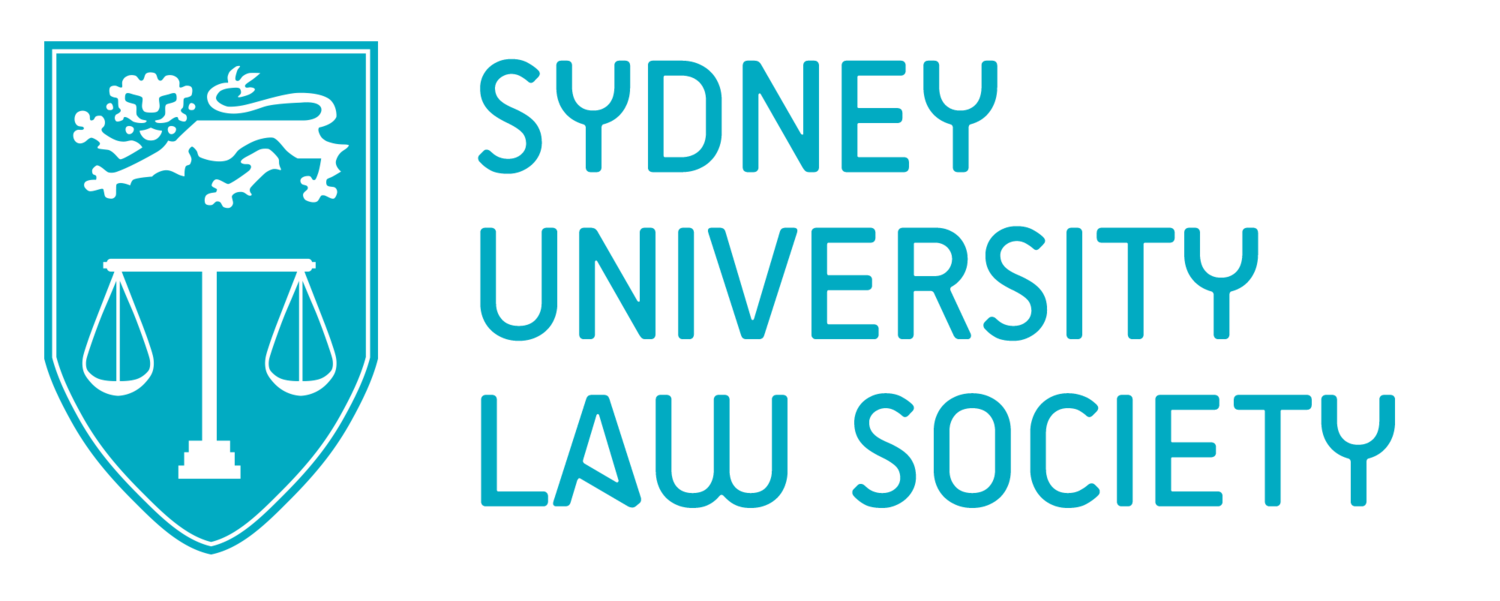Native title and the carbon economy: a modern iteration of dispossession?
By Sean Perry (BA/LLB III)
The Mabo (No 2) decision in the High Court of Australia is a fixture of any law student’s studies. Its evocative language of rights and the overturning of terra nullius occupies a prodigious space in our understanding of Australian native title. The climactic conclusion of the land rights movement is vested in Mabo and the subsequent Native Title Act 1993, or so it is presented.
But the story is not over, nor the fight won. First Nations communities are facing an abundance of obstacles in securing title. And beyond the usual culprits, there is a new kid on the block: carbon.
Carbon farming and sequestration is challenging Indigenous title across Australia, having the potential to fundamentally shake what has already been a rapidly shifting area of law.
The process of carbon sequestration - the dominant player in the Kyoto Protocol ‘carbon offsetting’ scheme - is best understood as the removal and storage of carbon from the atmosphere into carbon sinks such as oceans, forests, or soils. These carbon sinks absorb more carbon than they release, with the photosynthesis potential of trees particularly utilised.
With land activities contributing around 17 percent of Australia’s total greenhouse gas emissions in 2013, carbon farming and sequestration will play a vital role in meeting our Paris Agreement targets. So far, carbon farming has reduced about 60 million tonnes of carbon emissions, close to 10 percent of the nation’s total emissions in 2019.
However, it comes with danger - an unwinding of decades of progress in Indigenous self-determination and access and enjoyment of land.
The Carbon Rights Legislation Amendment Act 1998 (NSW) amended the Conveyancing Act 1919 (NSW), to recognise sequestered carbon as a property that can be bought and sold, protecting people’s rights to sequestered carbon on freehold land title.
Such legislation may prove another opportunity for greedy interests to strip native landholders through a renewed extinguishment of native title. The ‘bundle of rights’ of native title – established in the High Court in Western Australia v Ward – is being unravelled by the carbon economy, with dire consequences for the participation in and benefit of climate change mitigation for Indigenous peoples.
Emily Gerrard of the Australian National University (ANU) cautions that “the progressive unbundling of conventional property interests…creates a regime for the piecemeal appropriation of traditional land and resources.” She argues that:
“Climate change related laws, regulations and markets have the potential to further decrease or limit Indigenous peoples’ rights and interests in country and its resources... by restricting rights in relation to the access and use of land and resources.”
The judiciary has tried to keep up with this rapidly developing arena. In Yanner v Eaton (1999), for example, the High Court extended property rights under native title to include biota (in this instance, crocodiles). Yet carbon rights are increasingly challenging native title interests, and more often than not, winning.
The marketisation of climate change will certainly provide bountiful opportunities to Aboriginal and Torres Strait traditional owners for social, cultural, and economic growth as recognised by the Australian Human Rights Commission’s’ Native Title Report 2008. The opportunity to participate in the carbon economy through involvement in land use projects and other collaborative projects relating to environmental management, and the empowerment of bringing Indigenous knowledge holders to the fore in Australia’s climate change response, may strengthen many communities.
Phil Eulo, of the Budjiti Aboriginal Corporation, elaborated in an interview with ABC:
“We’ve lost a lot of our native trees, our bush tucker trees, our medicine bush, our fruit trees…we want to see them all come back on our country in all the farms that are in the determination area. We have to work together now. It should have been working together 100 years ago.”
Further, the carbon economy will work best when it involves and is led by Indigenous custodians, who have the knowledge and resources to care for our country as they have done for more than 80,000 years.
Indigenous-led carbon offset projects like the West Arnhem Land Fire Abatement Project (WALFA) – abating an equivalent to 488,000 tonnes of CO2 over its first four years – demonstrates the potential for traditional practices and knowledges to produce beneficial economic development for Indigenous communities and climate action.
The story of native title in Australia is not at an end. Native title does not end with merely a recognition of traditional interests in land and the injustices of colonial dispossession. It begins with this recognition, and it evolves with economic and social development, determined by and for individual Aboriginal and Torres Strait Island communities.
In his 2013 Social Justice and Native Title Report, commissioner Mick Gooda reflected that “sadly the Native Title Act as it was drafted reflects the high-water mark of our native title” with mixed outcomes in the “social, cultural and economic empowerment of Indigenous peoples”. It is precisely this superficiality that led David Martin in 2015 to query: “Does native title merely provide an entitlement to be native?”
To leave you with the Declaration of Indigenous Peoples on Climate Change, 2000 Articles 2 and 3:
“Our traditional knowledge on sustainable use, conservation, protection of our territories has allowed us to maintain our ecosystems in equilibrium … Our cultures, and the territories under our stewardship, are now the last ecological mechanisms remaining in the struggle against climate devastation. All Peoples of the Earth truly owe a debt to Indigenous Peoples for the beneficial role our traditional subsistence economies play in the maintenance of the planet’s ecology.”
And let us not forget it.

